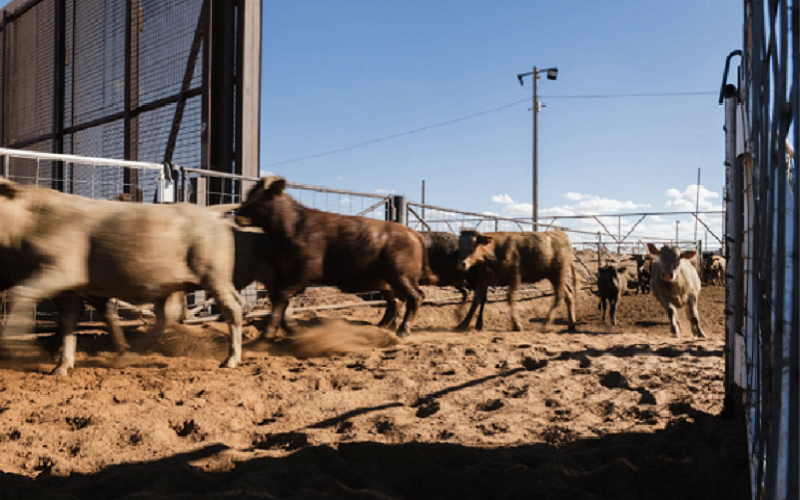Texas Dairy and Poultry Producers Grapple with Ongoing Bird Flu Crisis

The avian influenza, commonly known as bird flu, is sweeping across Texas with alarming speed. Nearly three years after Texas recorded its first case in a pheasant flock in Erath County, the virus has evolved, impacting both poultry and dairy livestock significantly.
The Centers for Disease Control and Prevention reports 1,482 outbreaks in flocks nationwide and 949 confirmed cases in cattle across 16 states. Texas alone has seen 14 poultry farm cases, including one large-scale farm with nearly two million chickens, and 27 cases at dairies.
The economic impact on Texas is profound. Poultry and dairy industries are vital contributors to the state economy, with poultry adding more than $5 billion annually and dairy contributing $53.8 billion. JC Essler of the Texas Poultry Federation highlights the supply-and-demand challenges as operations are forced to cull millions of birds to contain the virus.
Brian Bohl from the Texas Animal Health Commission notes the outbreak's unusual duration and the evolution of the disease, indicating a significant threat to both livestock and food security. As researchers work to understand the virus's spread across species, Gerald Parker of Texas A&M University expresses concern about the potential for human-to-human transmission.
The crisis occurs amid a presidential transition that could affect public health communications. Meanwhile, concerns about raw milk consumption rise, with health experts warning against the virus's spread through unpasteurized milk. The issue underscores the risks and the critical need for stringent health measures to curb the outbreak.











